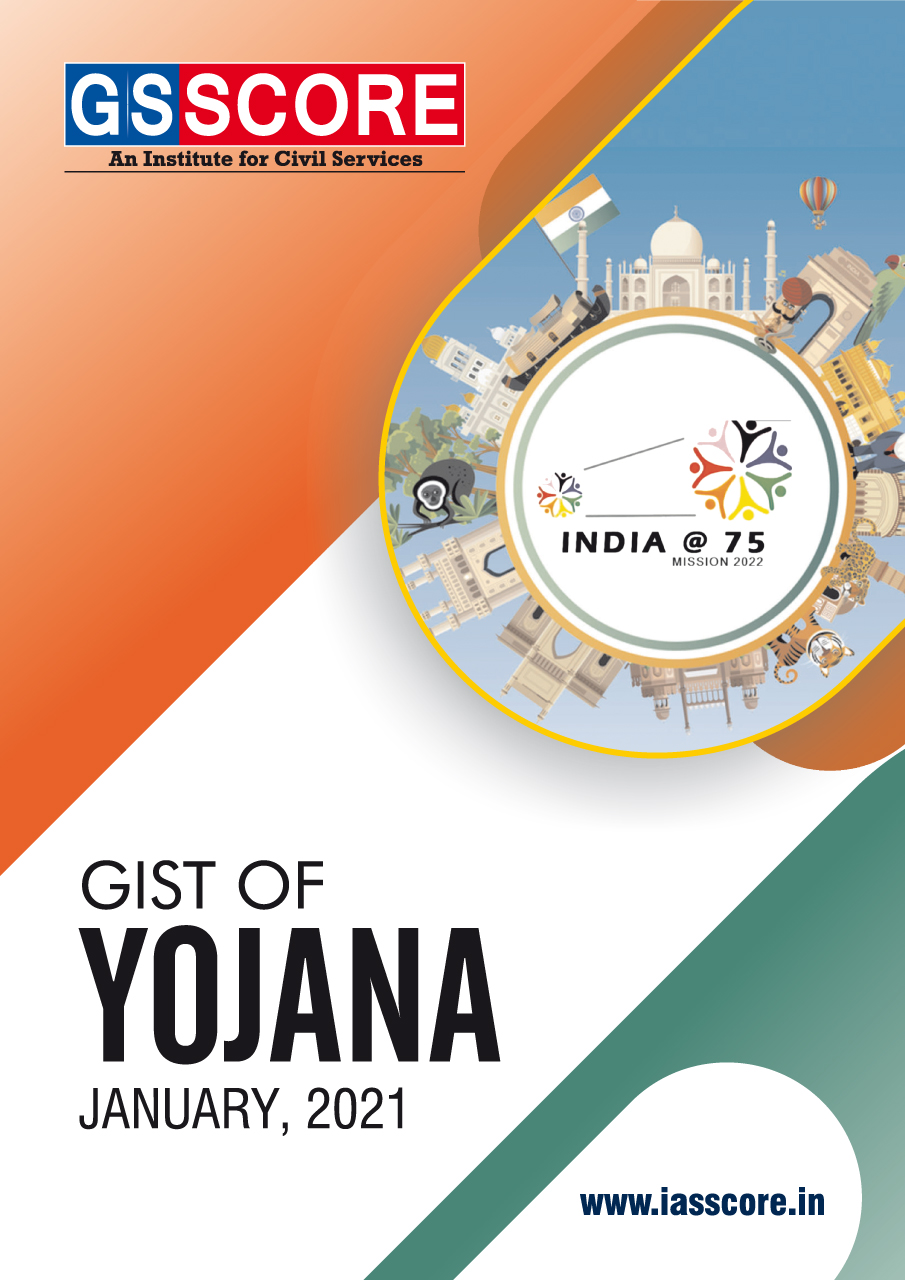


Introduction
- India is built on hopes, aspirations and dreams of over 1.3 billion citizens. Providing avenues and opportunities through policy initiatives, planning and effective implementation can work as a catalyst in building a New India.
- This transformation is envisaged on the pillars of Aatmanirbhar Bharat, Sabka Saath Sabka Vikas, Sabka Vishwas, Digital India and Skill India among many others.
- Our independence was the result of efforts by thousands of freedom fighters. We are indebted to the great souls like Mahatma Gandhi, Babasaheb Bhim Rao Ambedkar, Sardar Patel, and numerous visionaries who dedicated their life towards the cause.
- It reflects upon the trials and tribulations over these 75 years and the road ahead towards being an economic powerhouse, with a robust infrastructure leading to a $5 trillion economy.
- The world has entered a new decade. With expectations of healing this year of the pandemic, this is the opportune time for India to be at the forefront in leading the global and regional strategies, strengthening the 'Brand India' through Make in India, Invest in India, ease-of-doing-business, better infrastructure, Digital India, being vocal for local and by projecting India's soft power including spiritual & cultural connect, Yoga, heritage-tourism and Cinema globally.
- Public participation is the key to success of any initiative. Swachh Bharat is a recent example and its phenomenal feat is due to the fact that from a Government-led initiative, it transformed into a people-led movement, a jan andolan of its own sorts.
- The India we see today will surely be different from the India our grandchildren will get.
- The onus is on us to handover a country which they shall be proud of-a blend of modernity and tradition, infrastructure and services, growth and opportunities.
- Development and sustainability, self-sufficient and imbibing worldview, intellectual and rational.
This issue of Yojana is a tribute to the Spirit of India in each sphere oflife. It highlights the contributions of various sectors and its people during these 75 years.
Related Articles


